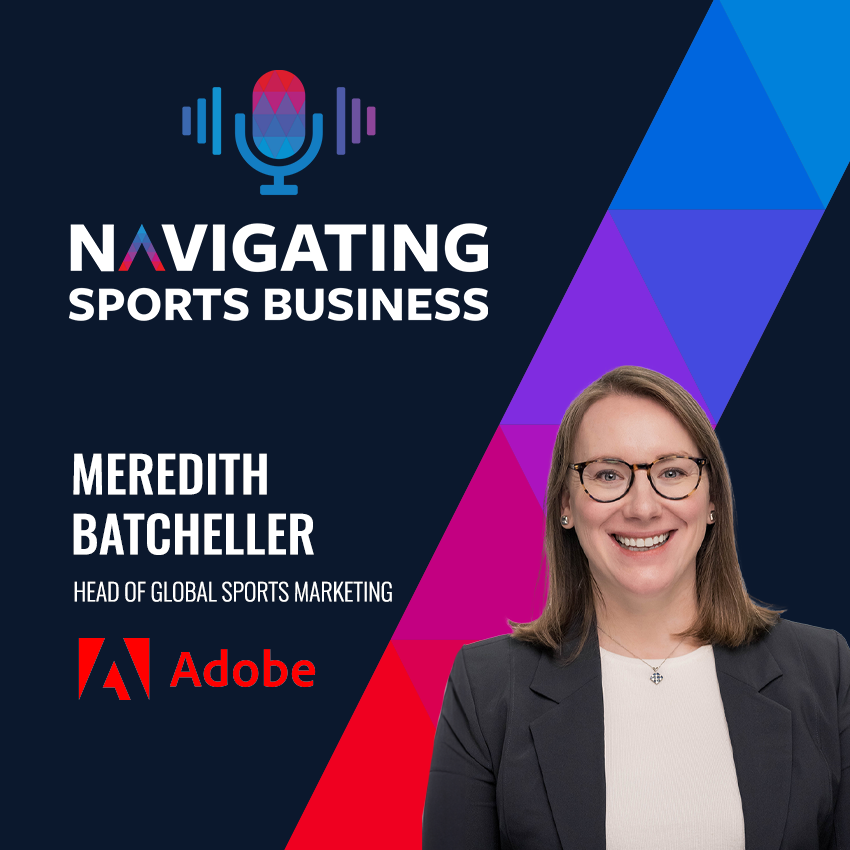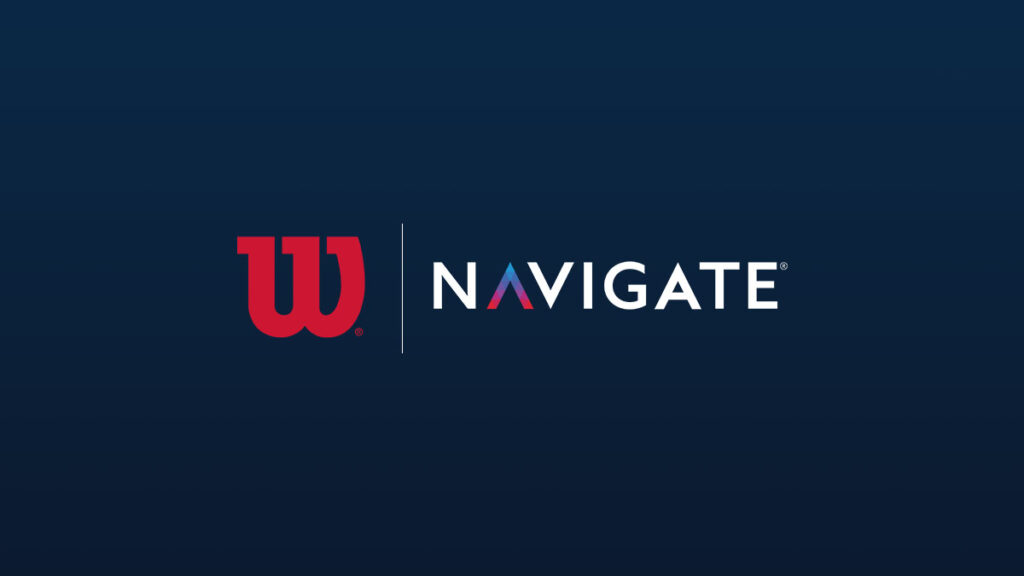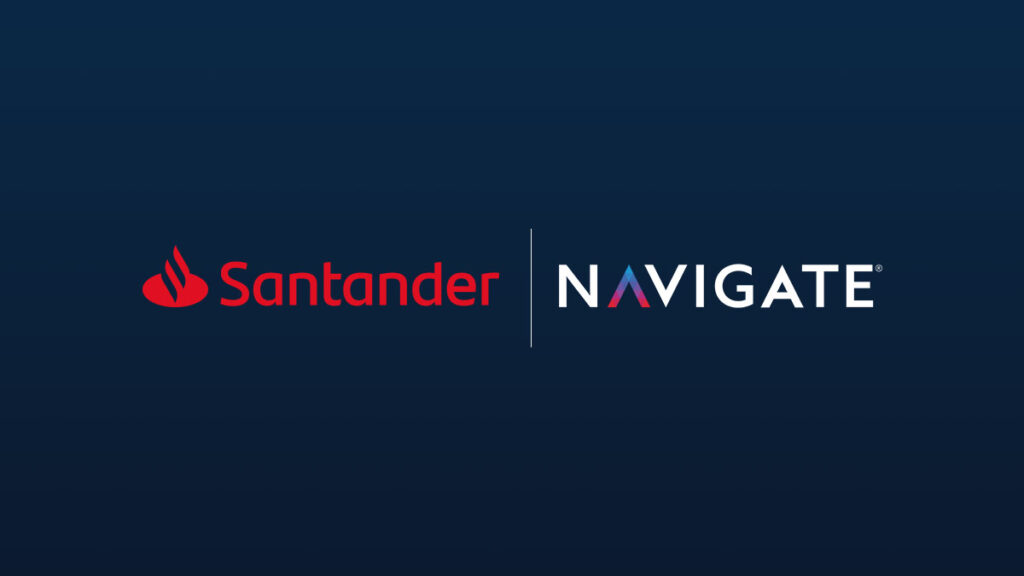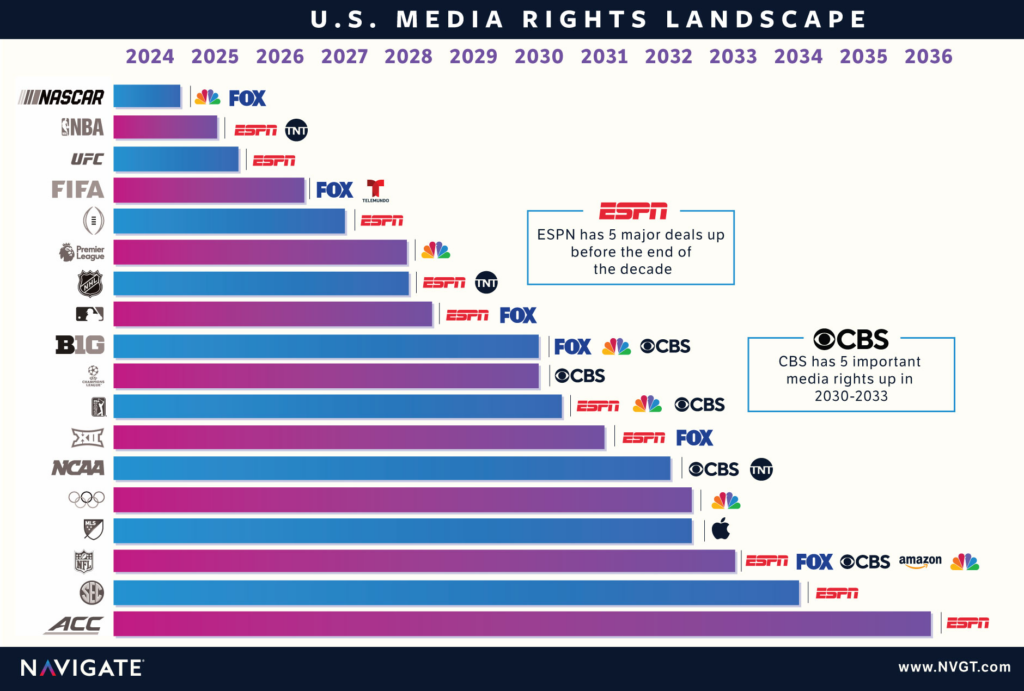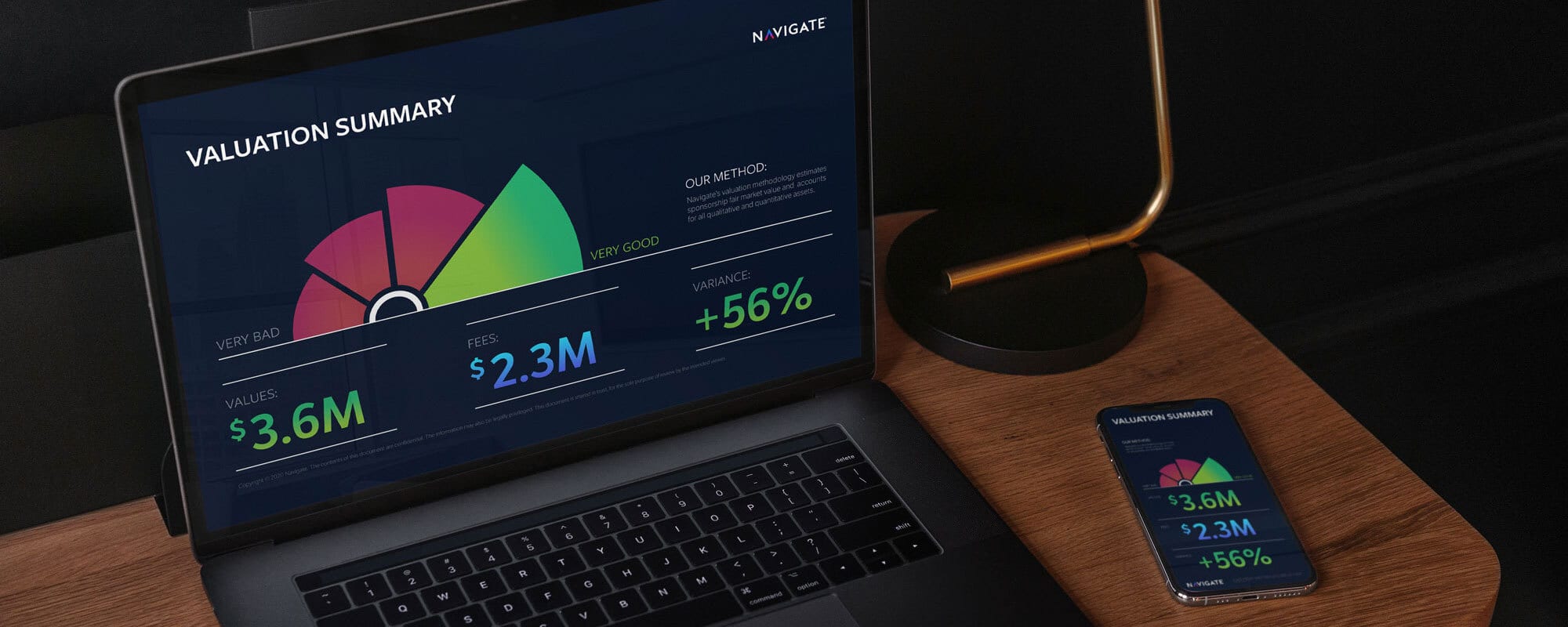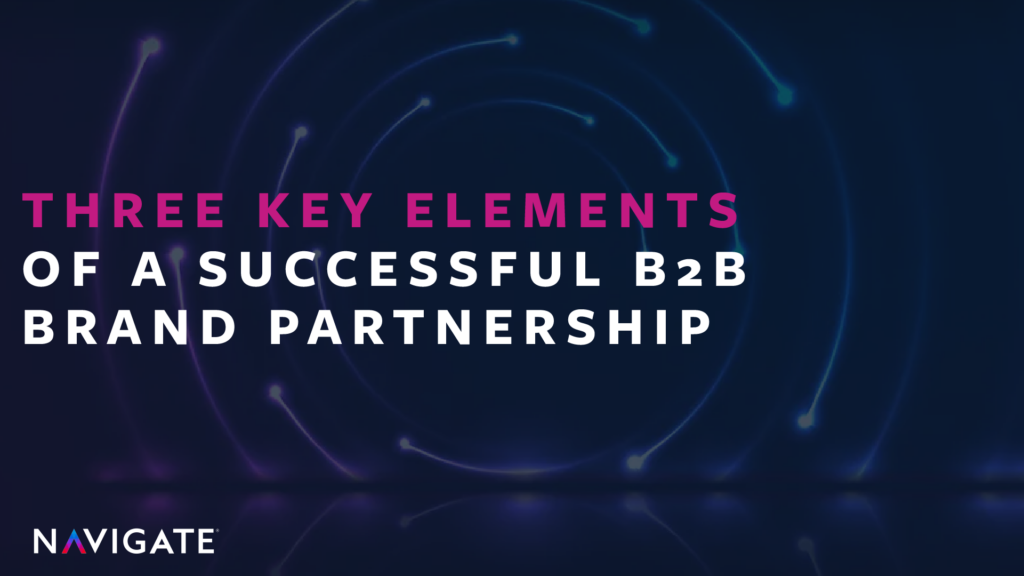
Three key elements of a successful B2B brand partnership
In recent years, the number of new B2B brands investing in sponsorships has exploded – almost as fast as the adoption of ChatGPT! Based on my experience in the B2B space, most recently as the head of sponsorships for Dell, I believe that a successful B2B partnership requires three things:

1) Clear Objectives
A B2B partnership – and the assets included – must be tailored to a brand’s business goals for each audience: Open new accounts? Engage existing customers and partners? Increase share of wallet or NPS? Reduce churn? Attract and retain top talent?
Most B2B brands do not need broad-based awareness; rather, they need compelling engagement with a highly targeted set of customers and prospects. This is especially true for mature categories and brands but holds for B2B companies in hypergrowth mode. Traditional media, signage and digital assets often create a lot of impression waste.
B2B brands can also often leverage partnerships to reach audiences beyond buyers – from GTM partners who co-sell and integration partners who provide post-close support, to suppliers, employees, investors, community partners and more.
Last but not least, KPIs must also follow these objectives. A good measurement plan will have well- defined KPIs and a realistic time period for results based on business goals and sales cycle length, typically quarters or years. A great measurement plan will capture the incremental impact of a partnership within the context of the overall GTM, e.g. does a partnership drive differentiated results in opening doors, time to close, customer retention? What is the optimal sequence of touch points in our buyer journey?
2) Authenticity
Marketing budgets are typically smaller for B2B brands; as a result, a select number of partnerships often need to be leveraged to the max.
A B2B brand partnership that can show vs. tell to curated audiences = marketing gold. Partners who can become a “living lab” for a B2B brand’s products and solutions can be integrated throughout a brand’s marketing and GTM mix, from campaigns, PR / AR and events to sales enablement and employee engagement initiatives.
As one example, hospitality can be even more impactful when authentic storytelling is incorporated (e.g., executive speakers – often easier to schedule and more relevant than athletes!). Partnerships that include behind the scenes access, non-game day use of space, or access to trophies or other traveling heirlooms can be highly impactful for B2B activations and extend throughout the year to a brand’s key moments and events.
3) Creativity
B2B need not be boring! A wise CMO who I had the good fortune of working for once said “B2B or B2C, at the end of the day, it’s B2P – businesses talking to people, who are both business decision-makers and consumers.” A B2B buyer doesn’t instantly turn into a corporate robot from 9 to 5, and business decision-makers are increasingly expecting consumer-like experiences in both marketing and the overall purchasing process.
Sponsorships provide B2B brands with a platform to engage and entertain. This is key for B2B brands in new categories who have to create demand vs. take orders. One especially fierce competitor lurks in nearly every industry: “No decision”, aka “we’re going to pause on this until next quarter…”
The right partnership plus creative activation allows a B2B brand to capture attention and drive differentiated engagement with prospects, customers, partners and any other important audiences.
Takeaways:
If you’re a B2B brand, fewer partnerships, done well, can be much more effective than seeking broad reach with a large portfolio. This requires being incredibly strategic when selecting partners and maximizing the impact of each deal. Many of Navigate’s brand clients take this approach and have seen real, quantifiable, success.


